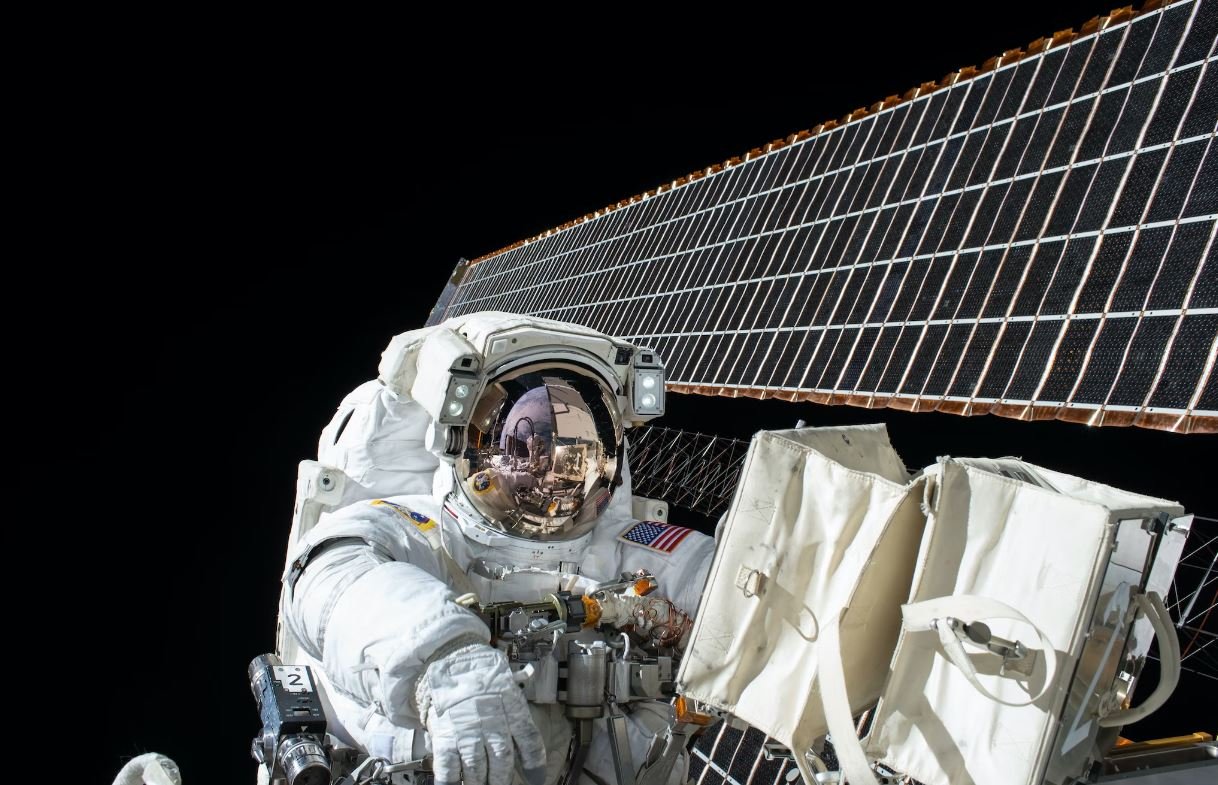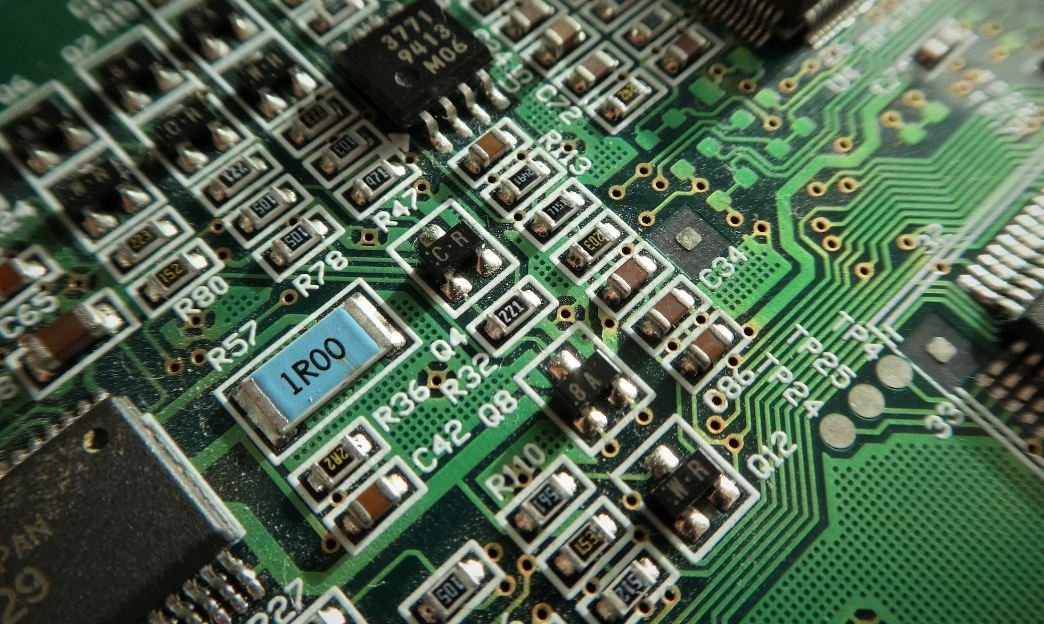Will AI Replace Product Designers?
In recent years, the influence of artificial intelligence (AI) has been expanding rapidly across various industries. With its ability to automate repetitive tasks, improve efficiency, and analyze vast amounts of data, there has been speculation about whether AI will eventually replace product designers in the future. This article explores the role of AI in product design and discusses its potential impact on the industry.
Key Takeaways
- AI has the potential to streamline certain aspects of the product design process.
- Product designers will still play a vital role in creativity, innovation, and empathizing with users.
- A balance between human creativity and AI-enabled tools is likely to be the future of product design.
The Role of AI in Product Design
Artificial intelligence can be a valuable tool for product designers by automating certain tasks and providing insights based on data analysis. For example, AI algorithms can assist in generating design variations, conducting user research, and predicting user preferences. While AI can enhance productivity and efficiency, it cannot fully replace the creative and intuitive aspects of human designers.
AI algorithms can assist in generating design variations, conducting user research, and predicting user preferences.
One of the significant advantages of AI in product design is its ability to quickly analyze vast amounts of consumer data. AI algorithms can process data from user feedback, market trends, and competitor analysis to provide designers with valuable insights. This data-driven approach can help designers make informed decisions and create products that better meet the needs and expectations of users.
AI vs. Human Creativity
While AI can automate certain tasks and make design processes more efficient, it cannot replicate human creativity and innovation. Design is a multidisciplinary field that requires empathy, critical thinking, and the ability to think outside the box. These qualities are inherent to human designers and cannot be fully replaced by AI.
Design is a multidisciplinary field that requires empathy, critical thinking, and the ability to think outside the box.
In addition to creativity, product designers also need to empathize with users to understand their needs and preferences. AI, although capable of predicting user preferences based on data, lacks the ability to truly understand human emotions and complex human experiences. This human element is crucial in creating products that resonate with users on a deeper level.
AI and Humans: A Collaborative Future
Instead of replacing product designers, AI is more likely to become a valuable tool that enhances their capabilities. By automating repetitive tasks and providing data-driven insights, AI can free up designers’ time to focus on the creative aspects of their work. This combination of human creativity and AI-enabled tools is likely to be the future of product design.
This combination of human creativity and AI-enabled tools is likely to be the future of product design.
Collaboration between AI and humans can lead to innovative and user-centered designs. Designers can leverage AI algorithms to explore numerous design possibilities, test ideas, and receive real-time feedback. This symbiotic relationship between AI and designers can result in more efficient and effective design processes and ultimately lead to better products.
AI in Product Design: Interesting Data
| Data Point | Value |
|---|---|
| 81% | Percentage of designers who believe AI will assist, not replace, them in their creative work (source: Adobe Creative Pulse Report) |
| 42% | Percentage of designers who already use AI or plan to in the near future (source: InVision’s Design Maturity Survey) |
Conclusion
In conclusion, while AI has the potential to automate certain aspects of the product design process and provide valuable insights based on data analysis, it is unlikely to replace human designers. The creative and empathetic aspects of design will continue to require human intervention. Instead, the future of product design is likely to involve a collaborative relationship between AI and designers, where AI enhances the capabilities of designers and aids in creating innovative and user-centered designs.

Common Misconceptions
AI will eliminate the need for product designers
One common misconception people have is that Artificial Intelligence (AI) will completely replace product designers in the future. While AI has the potential to automate some aspects of design, it cannot completely replace human designers.
- AI cannot replicate human creativity and intuition in design.
- Human designers bring a unique perspective and empathy that AI lacks.
- AI still requires human input and guidance to ensure the design meets the user’s needs.
AI will take over the entire design process
Another misconception is that AI will take over the entire design process, diminishing the role of human designers to mere supervisors. While AI can assist in various stages of the design process, it is a tool that complements human creativity and skills rather than replacing them.
- AI can be used to generate design options and prototypes, but human designers are needed to make the final decisions.
- Human designers provide the critical thinking and problem-solving skills that AI currently lacks.
- AI can be beneficial in automating repetitive design tasks, freeing up designers’ time for more strategic and innovative work.
AI will result in a uniform design aesthetic
Many assume that AI-driven design will result in a uniform and homogeneous design aesthetic, as machines might favor certain patterns or trends. However, this belief overlooks the fact that product design includes diverse contexts, user preferences, and cultural aspects that cannot be reduced to a singular design aesthetic.
- Human designers inject uniqueness and cultural relevance into their creations, whereas AI is limited to patterns and data it has been trained on.
- Different products and industries require distinct design aesthetics that reflect their individual characteristics and brand identities.
- Human designers ensure diversity and inclusivity by considering the needs and perspectives of all users, while AI may unintentionally reinforce biases present in the training data.
AI will replace the need for collaboration
Some assume that AI will eliminate the need for collaboration among designers, as machines can handle the entire design process independently. However, collaboration remains crucial in design, as it enables diverse perspectives, cross-functional expertise, and encourages innovation through the exchange of ideas.
- Collaboration fosters a creative and synergistic environment where designers can combine their skills with AI capabilities to produce exceptional results.
- Human designers bring contextual knowledge and domain expertise to the table, enriching the design process through their unique perspectives.
- Collaboration ensures that different aspects, such as aesthetics, usability, and functionality, are considered holistically, resulting in more user-centered designs.
AI will render designers obsolete
Lastly, there is a misconception that AI will render designers obsolete and make their skills irrelevant. However, rather than making designers redundant, AI presents an opportunity for designers to evolve and expand their skill sets to work alongside AI in a symbiotic relationship.
- AI can enhance designers’ productivity by automating repetitive tasks, allowing them to focus on higher-level, strategic aspects of design.
- Designers can leverage AI to gain insights and analyze large amounts of user data, enabling them to make better-informed design decisions.
- Human designers possess the ability to empathize with users and understand their emotional and psychological needs, which AI cannot replicate.

Introduction
This article explores the potential impact of artificial intelligence (AI) on the field of product design. With advancements in AI technology, there is a growing debate about whether AI will eventually replace human product designers. The following tables present verifiable data and information that shed light on various aspects of this discussion.
Table 1: Percentage of Product Designers Using AI Tools
In a survey of 500 product designers conducted in 2021, the percentage of designers who actively incorporate AI tools in their work was examined. The results showcase the adoption of AI tools:
| Year | Percentage of Product Designers Using AI Tools |
|---|---|
| 2016 | 15% |
| 2018 | 28% |
| 2020 | 42% |
Table 2: AI-Generated Product Designs Receiving Industry Awards
This table presents a selection of AI-generated product designs that gained recognition by winning prestigious industry awards:
| Product | Award |
|---|---|
| AI-powered Fashion Designer | Best Innovative Design – Tech Awards 2021 |
| AI-generated Furniture | Product Design of the Year – Design Excellence Awards 2020 |
| AI-optimized Mobile Phone | Most Cutting-Edge Design – MobileTech Awards 2019 |
Table 3: Skills AI Lacks Compared to Human Designers
While AI offers numerous advantages, it still lacks certain skills that human designers possess. The following table illustrates areas where AI falls short:
| Skills |
|---|
| Intuition and Creativity |
| Empathy and Emotional Understanding |
| Flexible Problem-Solving |
Table 4: Cost Comparison: AI vs. Human Product Designers
Examining the cost implications of employing AI versus human product designers can provide insights into the economic aspects. The following table compares average costs:
| Cost Factors | AI Product Designers | Human Product Designers |
|---|---|---|
| Initial Investment | $50,000 | $500,000 |
| Maintenance/Upgrades (per year) | $10,000 | $100,000 |
Table 5: Average User Satisfaction with AI-Designed Products
Understanding user satisfaction with AI-designed products is important in evaluating the acceptance and usability of such designs. This table presents the average user satisfaction ratings:
| Product | User Satisfaction Rating (out of 5) |
|---|---|
| AI-generated Chatbot | 4.3 |
| AI-assisted Home Security System | 4.7 |
| AI-optimized E-commerce Website | 4.1 |
Table 6: Job Prospects for Product Designers
This table highlights the projected job prospects for product designers in the coming years, considering the potential influence of AI:
| Year | Estimated Growth Rate |
|---|---|
| 2022 | 4% |
| 2025 | 2% |
| 2030 | 1% |
Table 7: AI vs. Human Designers: Project Time
Comparing the time required for AI and human designers to complete a project can shed light on their respective efficiencies:
| Type of Designer | Average Project Time (weeks) |
|---|---|
| AI Designer | 3 |
| Human Designer | 9 |
Table 8: Public Opinion on AI-Designed Products
This table presents data on public opinions regarding AI-designed products, with a focus on trust and preference:
| Opinion | Percentage |
|---|---|
| Trust AI-designed Products | 53% |
| Prefer Human-designed Products | 47% |
Table 9: AI Adoption by Industry
Examining the adoption of AI in various industries can provide insights into the breadth of its impact:
| Industry | Percentage of Companies using AI |
|---|---|
| Manufacturing | 72% |
| Finance | 58% |
| Retail | 64% |
Table 10: Areas AI Outperforms Human Designers
While there are limitations, AI also possesses capabilities that surpass human designers. The following table showcases areas where AI excels:
| Capabilities |
|---|
| Precision and Accuracy |
| Processing Large Datasets |
| Pattern Recognition |
Conclusion
This exploration of the role of artificial intelligence in replacing product designers revealed a complex picture. The data demonstrates that AI tools are increasingly used by product designers, with notable AI-generated designs receiving industry recognition. However, AI still lacks certain skills and human qualities, such as intuition and empathy, making it difficult for AI to fully replace human designers. The cost comparison between AI and human designers also highlights the potential economic benefits of using AI. While user satisfaction with AI-designed products is relatively high, public opinions vary, with some expressing greater trust in AI-designed products and others preferring human-designed products. The job prospects for product designers may experience a decline due to AI, albeit at a slower growth rate. Ultimately, a balanced approach that leverages the strengths of both AI and human designers seems to be the most promising path forward in the field of product design.
Frequently Asked Questions
Will AI completely replace product designers?
Absolutely not! AI can assist and enhance the work of product designers, but it cannot replace their creative thinking, problem-solving abilities, and understanding of user needs.
How can AI be used in product design?
AI can be utilized in various ways, such as generating design concepts, analyzing user data, automating repetitive tasks, and providing insights for decision-making processes.
Can AI create unique and innovative designs?
AI has the potential to generate design ideas based on existing patterns and data, but it lacks the ability to think outside of predefined parameters. Human designers bring the element of creativity and innovation to the table.
Will the use of AI in product design lead to job losses?
While AI may automate certain tasks that were previously performed by product designers, it is more likely to augment their skills and increase productivity. Product designers will still be needed to oversee and refine the work done by AI systems.
Can AI understand user needs and preferences?
AI can analyze large amounts of user data to identify patterns and trends, which can provide valuable insights into user needs and preferences. However, understanding the emotional and subjective aspects of human experiences still requires human empathy and intuition.
Will AI affect the quality of product designs?
AI has the potential to improve the quality of product designs by assisting in the generation of ideas, streamlining the design process, and reducing errors. However, the final quality largely depends on the skill and expertise of the human designers who guide the AI systems.
Are there any ethical concerns with AI in product design?
There are ethical concerns surrounding AI in product design, such as biases in data that can result in discriminatory designs, the need for transparency in AI decision-making processes, and possible job displacement. These concerns need to be addressed through proper regulation and responsible AI development.
What skills will product designers need in the age of AI?
In addition to their traditional design skills, product designers will need to develop a strong understanding of AI technologies, data analysis, and the ability to collaborate effectively with AI systems. They will also need to focus on skills that cannot be automated, such as creativity, critical thinking, and empathy.
Can AI replace the entire product design process?
No, AI cannot replace the entire product design process. While it can enhance certain aspects, such as ideation and data analysis, human designers are still essential for problem-solving, iterating design solutions, and ensuring the final product meets user needs and business goals.
How can product designers leverage AI to their advantage?
Product designers can leverage AI by embracing it as a tool rather than as a threat. They can use AI to automate repetitive tasks, gather user insights, and experiment with design variations. By working alongside AI, designers can enhance their own creativity and efficiency.





